Kanpur is India’s leading leather exporter. But the population’s health and the environment are rapidly deteriorating in a region once famed for its roses.
In the villages around Kanpur, in the north of India, an eerie foam moves across water canals, engulfing farmland. Laced with highly toxic and acidic chemicals, the froth comes from the area’s 300 tanneries. Photographer Sean Gallagher has been documenting pollution throughout India thanks to a Pulitzer Center for Crisis Reporting grant, but nothing had prepared him for what he saw in Kanpur, the country’s leading leather exporter. Beneath the city’s black smoke, he met with the victims of the ecological crisis, many of whom make a living in the very industy that is destroying their health and their environment. He spoke to R&K from his home in Beijing.
Roads & Kingdoms: What is Kanpur like?
Sean Gallagher: Kanpur isn’t one of India’s largest cities—its population is only about 2.5 million people. It’s interesting, however, as it sits right on the banks of the Ganges River, which as most people know is the most sacred in the whole of the country. Even though it’s small, it’s a very busy city with streets full of vehicles and people. But the first thing that strikes you when entering Kanpur is the air pollution, which seems to hang constantly over the city. In many areas, you’ll see smokestacks belching out black smoke. These come from the leather tanneries.
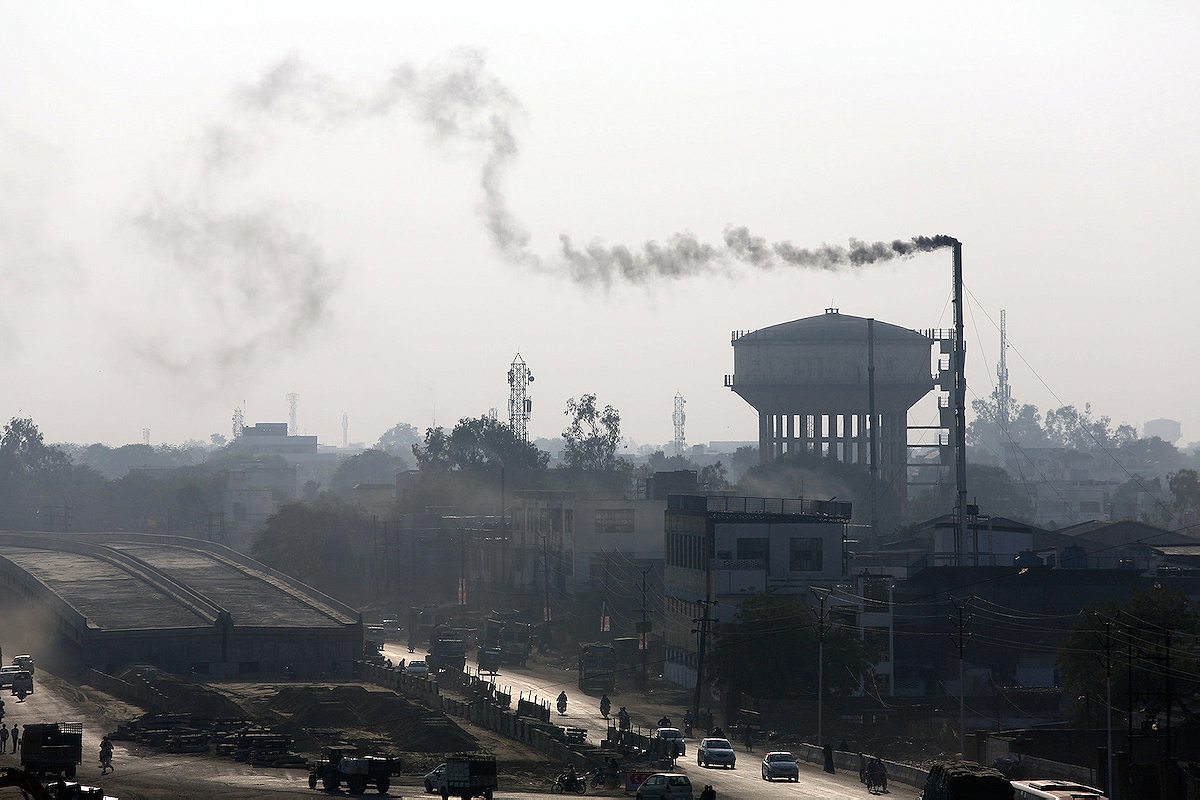
R&K: Isn’t cattle slaughter illegal in most of India?
Gallagher: I was informed that most of the hides that are used in Kanpur’s tanneries are from water buffalo, which, to my knowledge, is not deemed a sacred animal.
R&K: Got it. So who operates these tanneries?
Gallagher: They’re mostly independently owned by individuals or by local companies. The main area that is home to most of Kanpur’s tanneries is called Jajmau. It’s located in the east of the city on the banks of the Ganges, and is a mix of large-scale, relatively modern-looking tanneries and very small-scale ones that haven’t changed in decades. It’s estimated there are over 300 in this area alone.
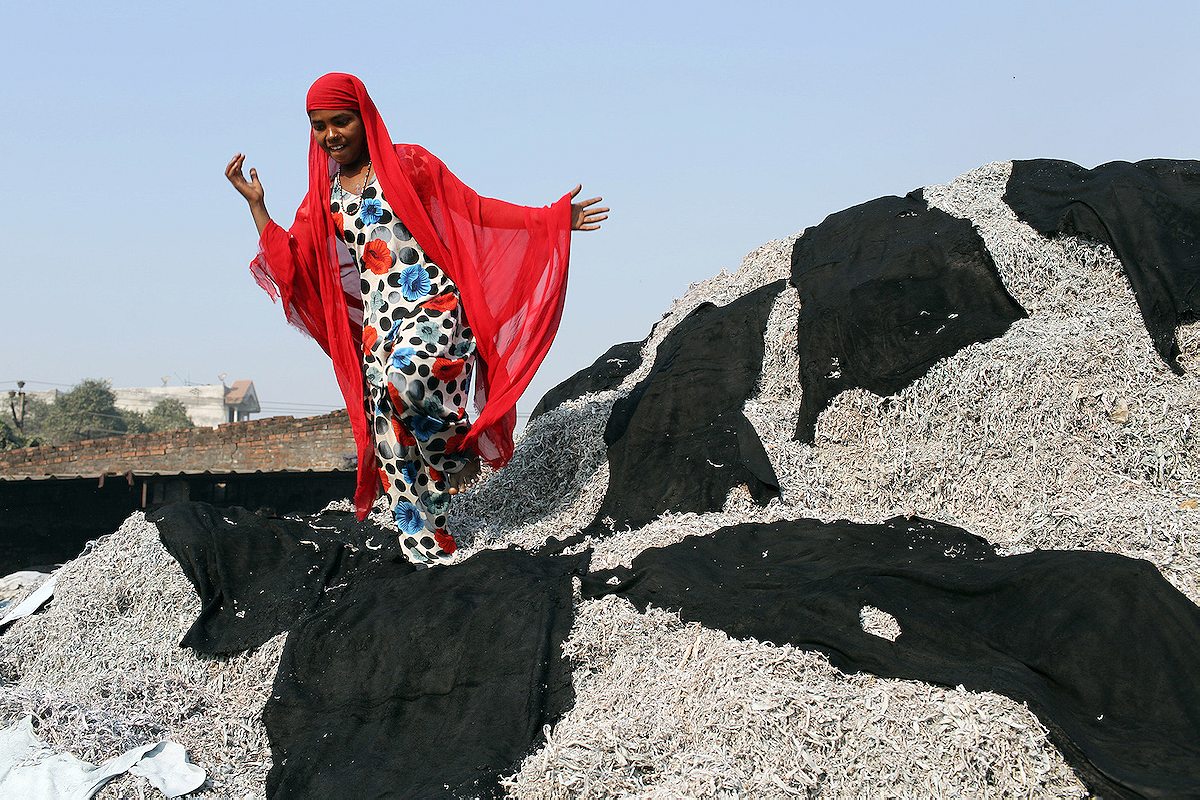
R&K: You’re based in China. What particularly drew you to this story?
Gallagher: I had read articles by local journalists about the problems surrounding the leather industry in India. The situation was reported as being quite bad but it actually turned out to be far worse than I expected, especially the health problems that afflict people. This story is just one chapter in a project that looks at a number of pollution issues in India. I have also focused on issues surrounding urban pollution, e-waste and pesticide poisoning in agricultural areas. All of these help form a broad picture of the many different types of pollution affecting the Indian population. This whole project was sponsored by the Pulitzer Center on Crisis Reporting, with whom I often work.

R&K: I’m interested in this tradeoff between employment and the environment that you’ve mentioned in previous interviews. Looking at the leather industry in Kanpur, how would you describe it?
Gallagher: Having become the country’s leading exporter of leather products, local businessmen and the government officials that they work with have become very affluent. Workers that we spoke to often told us that factories often can’t keep up with the demand from customers—mostly procurers who source leather for brands in Europe, the US and China. But the workers and people of Kanpur are suffering terribly as a result.
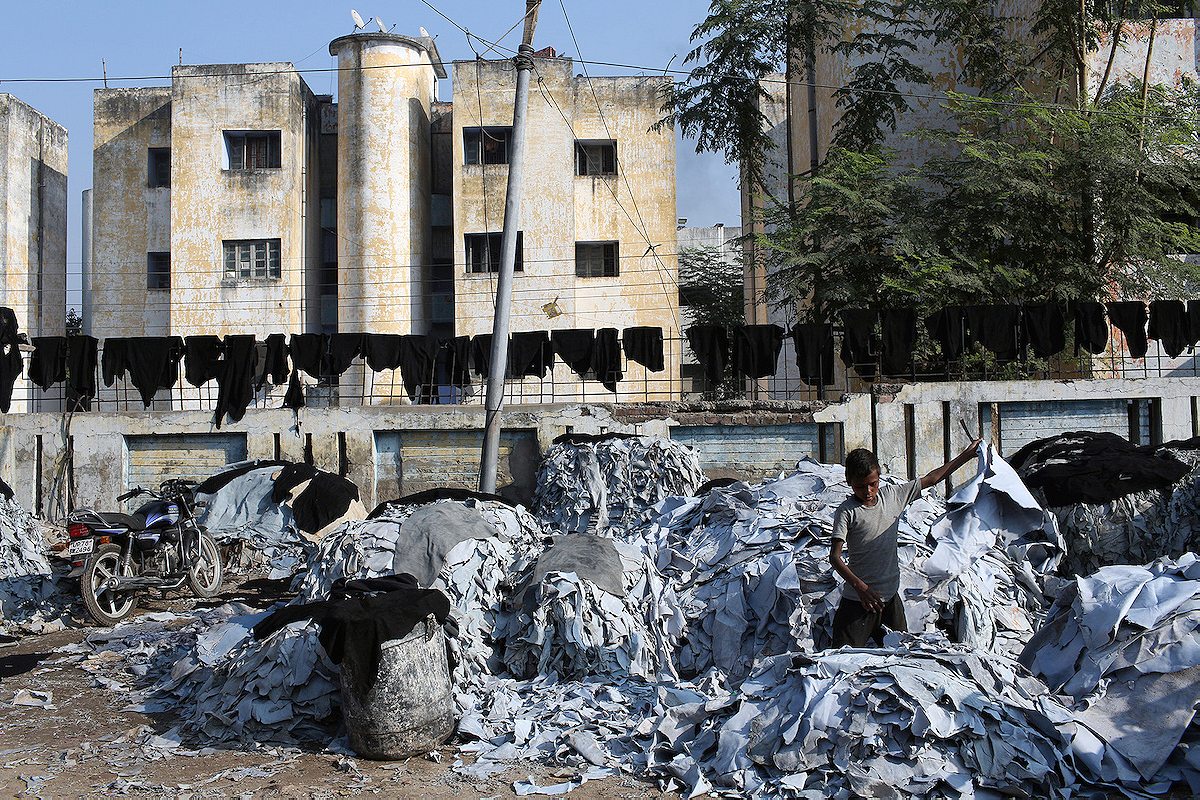
R&K: How so?
Gallagher: During the process of treating hides, many dyes and chemicals are used which are released in large amounts of waste water that is sent out of the city and discharged either into the Ganges River, or onto local farmland. This has resulted in the accumulation of many toxins in the local environment. One of the most striking health implications that you can see is skin discoloration amongst people who have come into prolonged contact with the tannery waste-water, whether it’s factory workers or local farmers. This can occur on all parts of the body. I also met former workers with tuberculosis, believed to be caused from the inhalation of chromium-laced dust in the tanneries. Many children are born with mental and developmental problems, which are believed to be caused by their mothers being exposed to harmful wastewater during pregnancy. The list of illnesses is sadly very long.
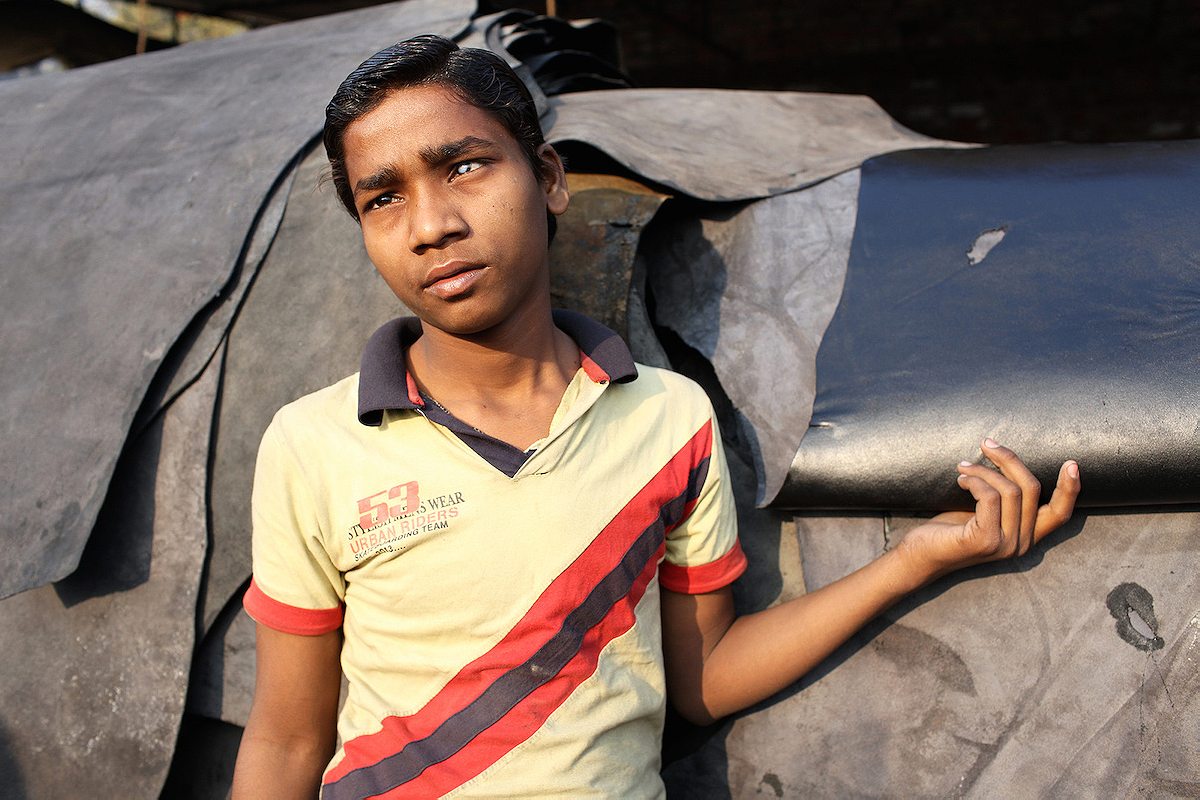
R&K: And what are the consequences on the environment?
Gallagher: The most evident is the blatant release of wastewater into the Ganges and onto local farmland. If you stand on the banks of the river at Kanpur, you can watch white foam drift past you in very large quantities. This is tannery wastewater. Much of the crops on farmland onto which the wastewater is dumped has died and farmers lament at the difficulties they now face. Locals told us the area used to be famed for its roses. Now many of the flowers have completely disappeared.
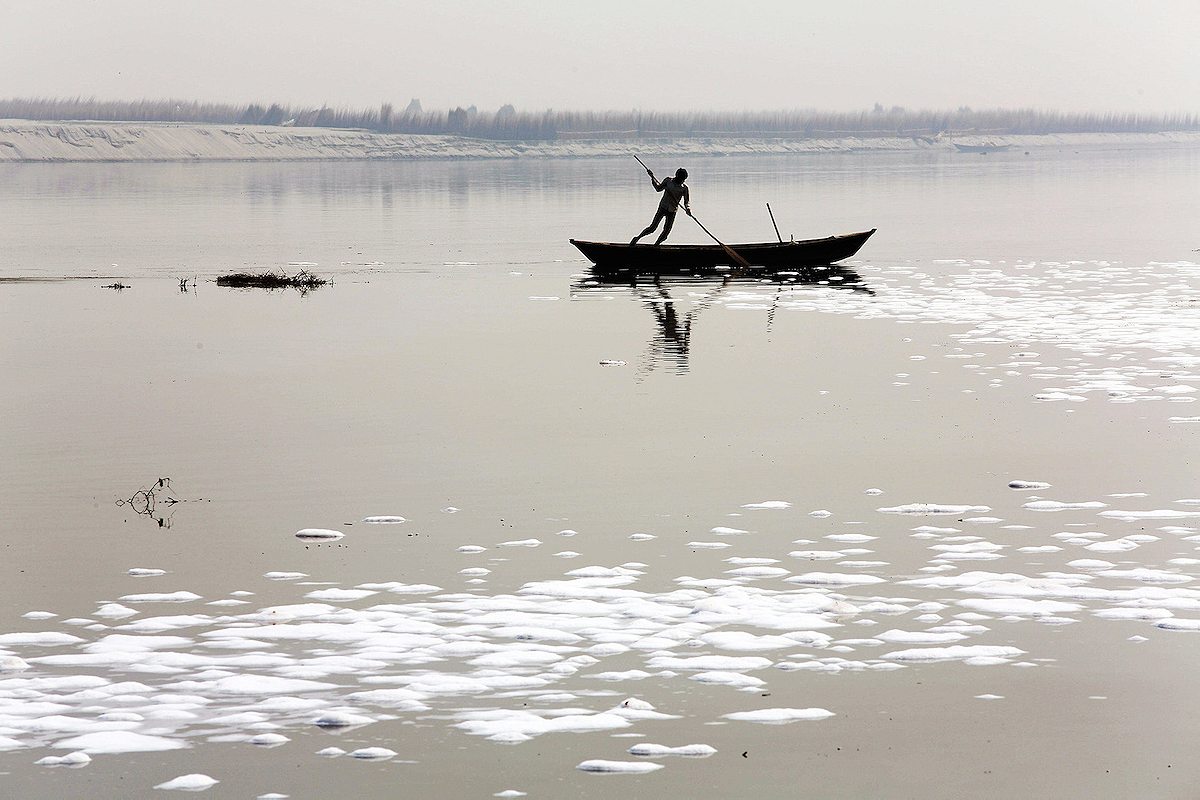
R&K: How are locals fighting back?
Gallagher: For many people, they have no choice but to either find work in the local tanneries, or to use the local water. There are no realistic alternatives for them. The industry is very lucrative for those involved at a management level and the government officials who are involved in assisting the continuance of business. I asked one villager why no one was helping people and he replied: “Nobody is helping us. Not the government, not even the politicians. So many politicians but nobody is listening.”
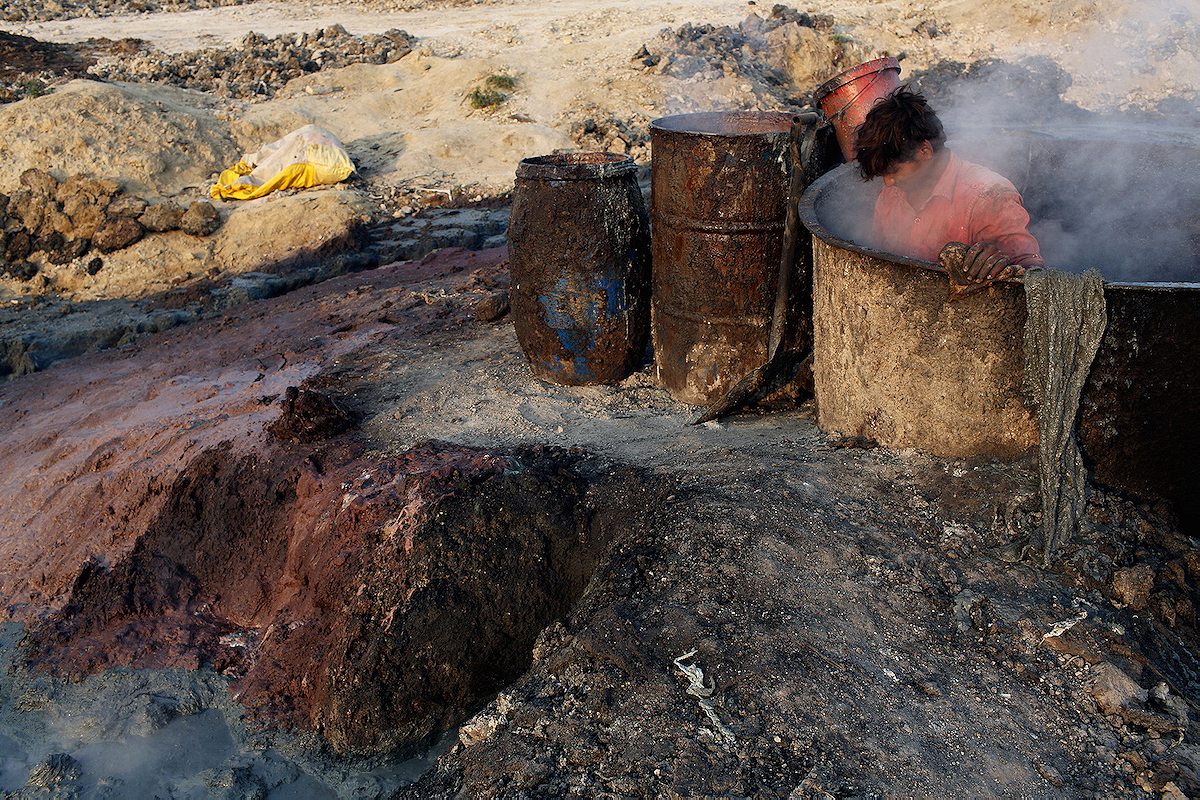
R&K: You also documented e-waste in India, which we looked at recently. How is this pollution different?
Gallagher: The main toxin that causes problems is Chromium VI. It’s highly toxic and is quite particular to the leather tannery industry. This issue is different from e-waste because it has been going on for decades and people have been exposed for many years. E-waste is a relatively new phenomenon but will inevitably become a huge issue in the future. The experts and scientists I spoke to believe the health and environmental impacts we are currently seeing from e-waste now are just a fraction of what they could potentially be in the future. Kanpur is a clear example of how bad things can go if pollution is not stopped and prolonged exposure is allowed.
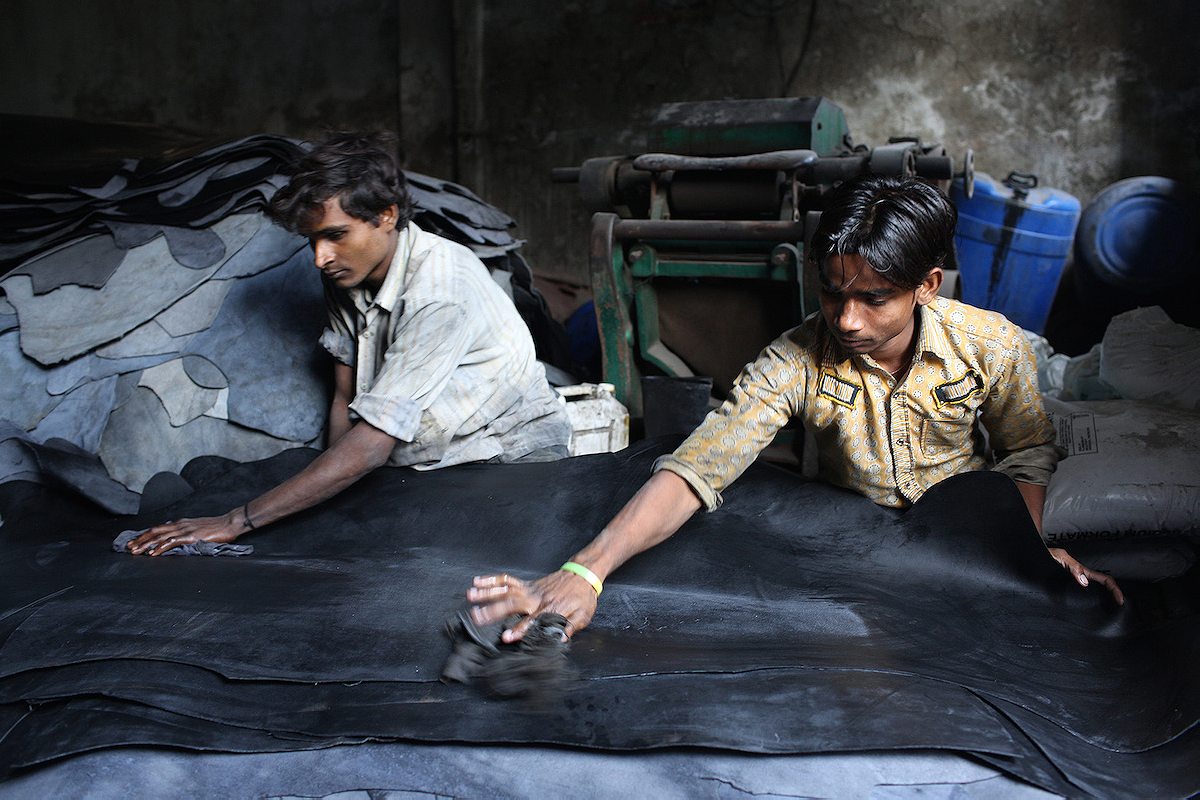
R&K: So is anything being done to fix the current situation in Kanpur?
Gallagher: I read recently that the World Bank is beginning a program to help move the tanneries in Jajmau to a different location. This is good news, but we will have to wait and see how successful the project is and whether it will include a cleanup operation for the damage already caused and the legacy of pollution that has scarred so many people.
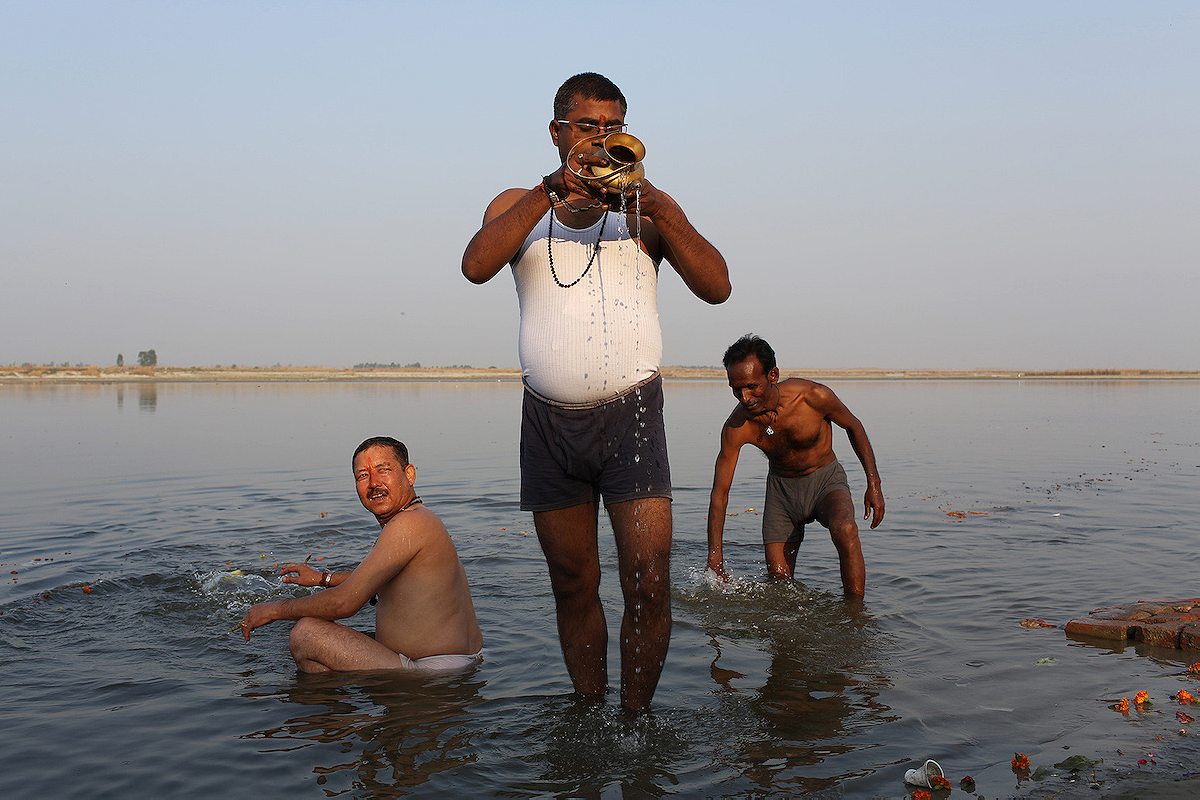
R&K: And what about the Indian government? They see that this issue is plaguing their people… How are they addressing it?
Gallagher: To quote Chandra Bhushan, deputy director general of the Center for Science and Environment in Delhi: “The major problem of tannery pollution comes from small and medium-scale industries. The jobs provided by these businesses make it difficult to regulate them.”

R&K: Do they have the same response to other types of pollution in the country?
Gallagher: India is a developing nation and in many cases the guidelines and regulations that exist to protect the environment and people aren’t enforced. They exist on paper but have little implication on the ground. This is something that I witnessed throughout my reporting on these issues in the country.
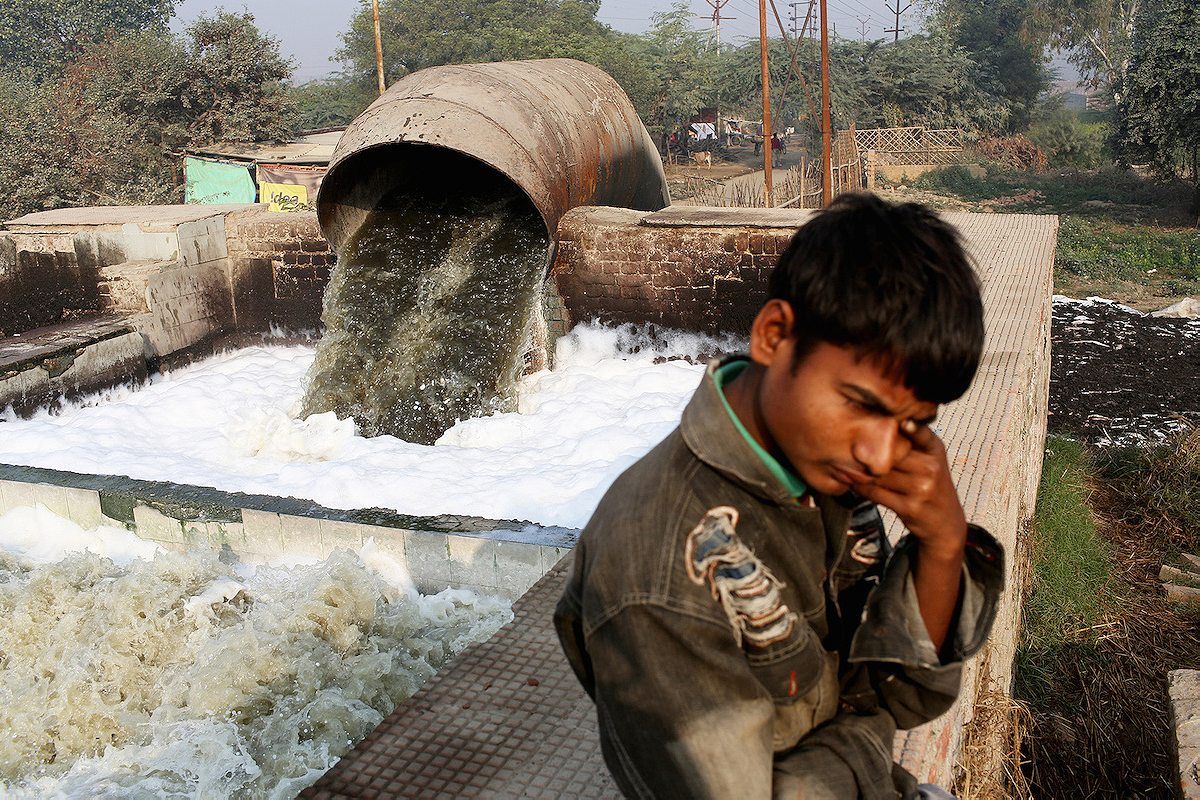
R&K: What should be done, in your opinion?
Gallagher: I’m not sure I should speculate on what the Indian government should do… It seems obvious that the tanneries need to be regulated and pollution stopped and cleaned up. I hope that my work gives a voice to the people of Kanpur who are being affected. Many have been ignored and silenced leading to exasperation that their plight would never be heard. By allowing them to tell their stories, I hope my images and short film illuminate these forgotten communities who are paying the price for unregulated leather production.
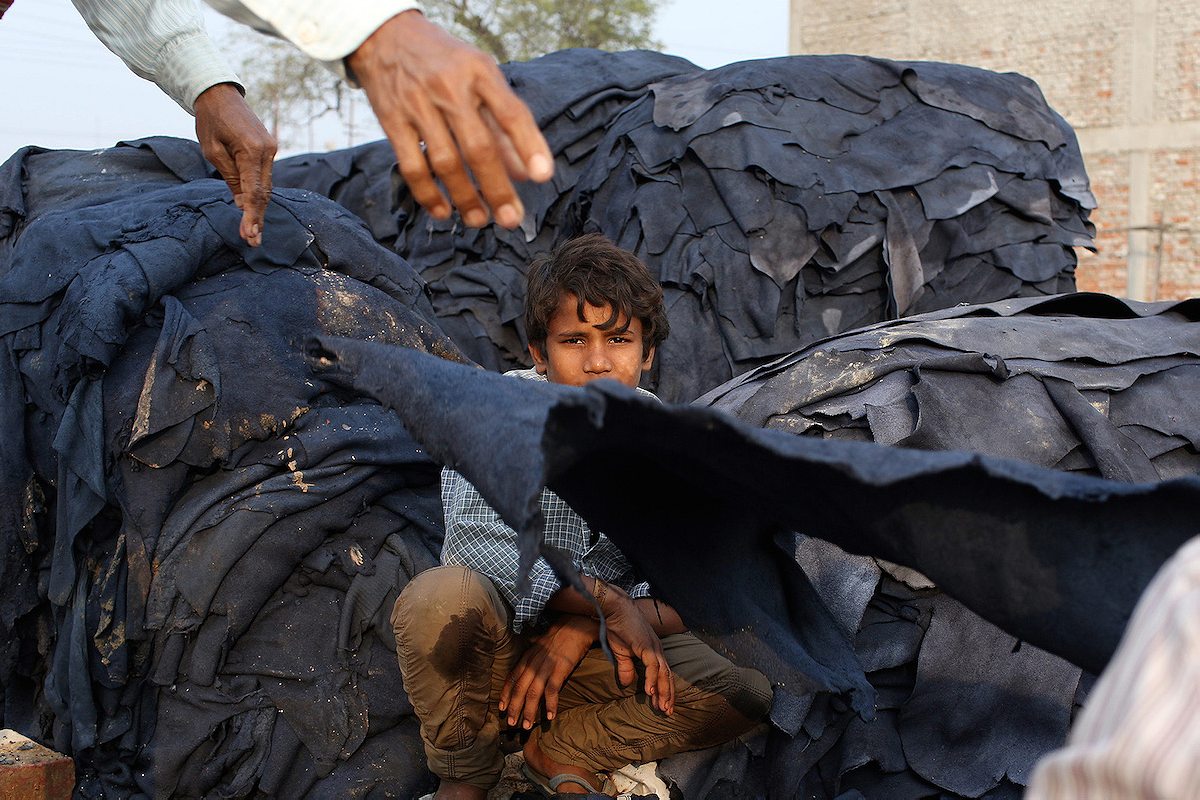
R&K: Speaking of your short film, why did you think it was important to add moving images to your photography?
Gallagher: I don’t see myself just as a photographer anymore. When I find a story, I approach it using a medium that I think will best tell the story. That often means that I will use video instead of, or as well as, photography. It just depends on what I want to convey. I produced a short-film about this issue in Kanpur and it has done very well, having been shared widely on social media. In it, I use the testimonies and stories of local people affected by pollution. It’s proved to be a very powerful way to communicate the human stories in a way that a photo-essay alone might not have been able to do.
The Toxic Price of Leather from Sean Gallagher on Vimeo.
You can see Sean Gallagher’s full project at the Pulitzer Center on Crisis Reporting and the rest of his work here.